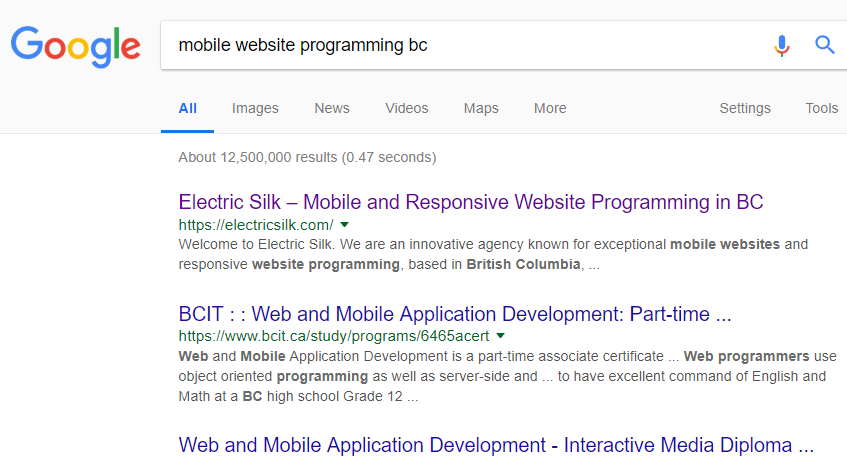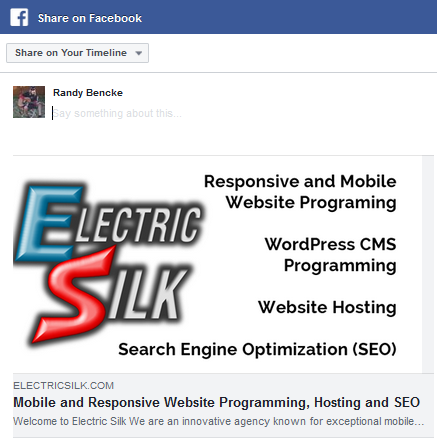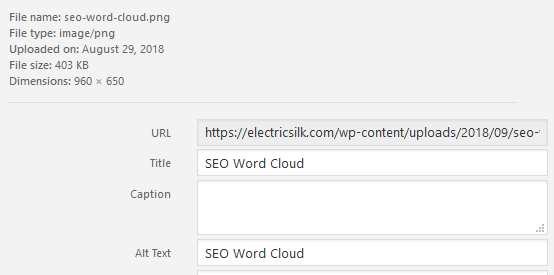The Secrets of Search Engine Optimization (SEO)
The world of search engine optimization (SEO) has undergone some fairly significant changes over the past few years, the most notable being Google’s increased drive to improve the user experience (UX). If you think back about a decade or so, search engine optimization (SEO) practices were monopolized by shifty profiteers whose main goal was to increase rankings by any means possible.
Tricking Google into first-page results was the name of the game and it wasn’t long till Google had had enough and began implementing changes designed to shut down the tricksters.
Search engines like Google want to provide searchers with relevant results that offer real value. Because of this, it’s little surprise that pages with the best and most relevant content achieve higher rankings on in search engine results.
In today’s world, the “secret” to organic SEO results isn’t really a secret at all. It’s all about the user experience. Websites that rank high in search engine results have several things in common, including awesome content, the ability to address the target audience’s search intention, and they take the time to optimize their sites from a technology standpoint.
The only proven way to improve visibility and gain rankings in search engines is to follow some basic SEO guidelines. Let’s take a look at the most important elements of effective search engine optimization:
1. Content is (still) King!
It’s important to keep the focus of your website on providing the best possible user experience. To this end, keep in mind that search engine users are looking for up-to-date and accurate information. Therefore, regardless of industry, you’ll want to tailor your content according to the needs of your site visitors.
Simply put, your website content must be creative and unique, relevant to your target audience, and not just a bunch of words put together for SEO purposes. To create relevant content, stay current with relevant industry trends, provide a blog with engaging “how-to” posts, and update older content frequently if you want to effectively engage your target audience. Fresh content is an important factor in Google’s search algorithm, and will have an effect on your site’s ranking.


2. SSL Encryption
SSL, or Secure Socket Layer, is an essential SEO tool to consider. With SSL encryption enabled on your website, you’ll have “HTTPS” in your URL, which offers improved security of your website and any information submitted through forms.
The need for SSL is no longer limited to websites offering eCommerce. As of July 2018, Google Chrome users will see a “Not secure” warning when visiting site without SSL. These warnings will be a deterrent to potential traffic and can have a dramatic effect on sales.
3. Relevant Title Tags
Each page of your website should have a relevant title tag. The title tag lets people (and Google) know what is on the web page, and is a primary consideration used in search engine results. Because of this, it’s critical that you carefully choose your keywords and phrases so they match user intent and are relevant to what your audience is searching for.
When y0u consider the needs of your site visitors as you write your title tags, you can create a distinct advantage over your competitors. If you focus your title tags on what a user is searching for, you’ll provide a much better user experience.


4. Facebook Open Graph (OG) Data
Facebook Open Graph is a protocol used when people “share” your website in the Facebook app. Open graph data includes the site URL, title, description, image and more, and is used by Facebook to setup a preview of your website..
There are a few relatively simple steps to adding Facebook Open Graph to your website. You’ll need to add some Open Graph meta tags to your page(s), so a basic knowledge of HTML is needed. To make sure everything look the way you would like, you can enter your URL in the Facebook Debug page.
5. Use H1 and H2 Elements Correctly
The H1 tag is essentially the title or headline of your page, and should provide an overview of the content of the page. H1 tags are generally found at the top of the page as an introduction to the remainder of the page content. Since these tags represent the “title” of the page, it’s a good idea to include keywords that are relevant to both the page content and your business. Ideally H1 tags should only be used once per page.
If H1 tags relate to a page “title”, H2 tags would equate to a “chapter title”. Your H2 tags should be a deeper breakdown of what they identify on a section-by-section basis.


6. Name Your Images and Alt Tags
Images on your website help to improve a user’s experience, and also have a positive effect on your SEO. Simply having images on your website is not enough, however. To help with your Google search ranking, take the time to craft some creative file names and alt tags that describe what the image is – basically a text version of what users would see by looking at the image.
Since search engines can’t read images the way a user does, including a text-based description gives them the ability to gauge relevancy to a search term. Not only does this help to improve ranking in search results, but also helps indicate the content of the image.
7. You Need An XML Sitemap and Robots.txt File
A robots.txt file allows you to control which parts of your website you would like to be indexed, and thus crawled appropriately so that they show up in search results. Without this sort of file, you could have certain pages appearing in search results that you might not want to–depending on your business this could be anything from internal pages or gated pages that are password protected. An XML sitemap essentially lays out all of your pages and indicates where everything is located. The more efficient your sitemap is, the easier it is for bots to crawl your pages automatically.
Sitemap path explicitly provided on robots.txt and an example of some disallowed paths are shown above. By making sure that both of these elements are in your root directory, you’re able to more effectively communicate with web crawlers.


8. Site Speed & Load Time Matters
For optimal user experience, the time it takes for your page to load is important, and is a factor Google uses in determining page rankings. If your page doesn’t load quickly, search engines aren’t able to crawl as many pages, and that can have a negative impact on the ranking of your site.
Today, everyone expects instant gratification when surfing sites on the internet. In terms of user experience, if your website is slow to load there’s a very good chance that users will navigate to a faster site.
9. Build Relationships, Not Links
Link building is one of the most important of all SEO secrets, and refers to building credibility for your website by having links to your website appear on other web pages. Rather than just link building, however, what SEO specialists and strategists should be doing is establishing relationships with local businesses and organizations. By connecting your content with real people and real websites, you’ll develop more valuable relationships in the long-term and better link engagement.
Another great way to obtain solid back-links is to guest-author for various industry-related sites. In each guest post you can include a special offer and a link back to your site. The more you do this, the more links you get…and the higher you get in search engine results.


10. Remove the Black Hat!
Black hat SEO is a practice that goes against search engine guidelines, and is used to get a site ranking higher in search results. These unethical tactics don’t really help the searcher and often lead to penalties from search engines. Black hat techniques include keyword stuffing, cloaking, and using private link networks.
Once a site is flagged for black hat SEO practices it is very difficult to regain lost placement on the search engines, so it’s imperative to avoid.
In Summary
You are now armed with enough search engine optimization knowledge to make informed decisions on the direction of your website. Much of this is fairly common sense if you seriously consider your target audience and what they are actually looking for.
Gone are the days of keyword loading for search results, and here to stay is the need for a positive user experience. If you’re not using these strategies it’s definitely time to think about helping your customers find you.
If you’d like further information or would like a free consultation, feel free to contact us.
